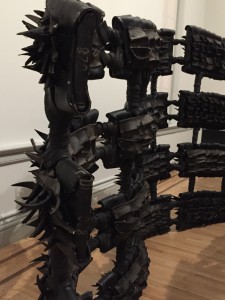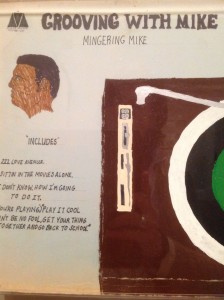Love snuggling up to a sweetie and smooching? That’s romantic, but—spoiler alert—kissing can be a disgusting and dangerous activity. While kissing, couples exchange 9 milliliters of water, 0.7 milligrams of protein, 0.18 mg of organic compounds, 0.71 mg of fats, and 0.45 mg of sodium chloride, along with 10 million to 1 billion bacteria, according to one accounting. Many pathological organisms can be transmitted through mouth-to-mouth contact, including those that cause colds and other respiratory viruses, herpes simplex, tuberculosis, syphilis and strep.
Read more.



